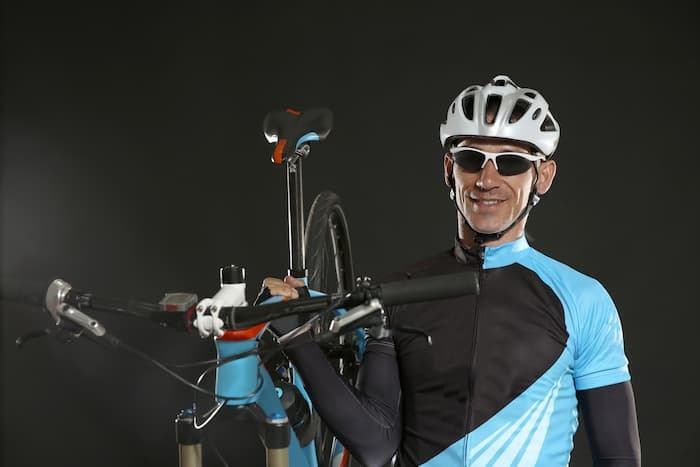
Mountain biking has really taken off in the last year, for good reason, it’s a great way to get outside all summer long. And with recent advances in bike technology and a huge growth in beginner and intermediate level trails being built, there’s never been a better time to get into the sport.
There is, of course, one major barrier to entry for new riders, you’ll need a bike. That’s why we’re here to help you figure out how to purchase your first mountain bike. The key is figuring out how to get the best bang for your buck, while also finding a bike that works well for your riding style.
The Important Questions
When it comes time to make any large purchase, the first, most important thing to do is ask yourself some questions about what you’re trying to get out of it. Before you can decide what bike you’re going to buy, you need to figure out what you want your bike to do for you.
Do you have a riding area or trail system in mind?
Do you have friends that ride who you’ll want to ride with?
Are you planning on using this bike to commute as well?
How many days a week are you planning on riding this bike?
Ask yourself those questions, and then use your answers to navigate the rest of this guide.
Where Should You Even Start Shopping?
Traditionally, the best place to purchase a mountain bike has always been your local bike shop. They have the local knowledge to help you find a bike that’s perfect for you.
In some recent years, bigger shops have also started to offer bikes online, which gives you a larger selection and means you don’t have to drive to the shop and pick up the model you want.
Finally, there has been a rise in direct-to-consumer bike brands that only sell online and don’t use the traditional local shop dealer model. This allows them to sometimes offer lower prices, but there is a tradeoff.
When you buy a bike from a shop, you’re starting a relationship with that shop. When they set you up and send you out the door with that new bike, they’re committing to help you with any warranty issues that may come up, and most shops will also offer discounts on maintenance and repair for bikes that they sell.
So while a direct-to-consumer bike may be cheaper upfront, there are a lot of hidden costs, and we’d still recommend buying from a shop, either in person or online.
What Kind of Bike to Look For
Once you’ve figured out what shops are in your area, it’s a good idea to take that list of questions you answered earlier, and either head in, or give them a call and describe what you’re looking for. They’ll have knowledgeable employees who also ride in the area who can help out with suggestions.
Alternately, if you have friends who already ride who you’re planning to ride with, you can pick their brains about what style of bike works in your area.
Generally, for a first bike, you should look for an entry-level 27.5 or 19” wheeled bike. If you live somewhere with smoother trails, or you’re looking to also commute on this bike, look for a hardtail with front suspension.
If you’re planning on riding rowdier trails, go for a full-suspension bike. If you know what trails you’re interested in riding, you can either ask a shop employee or a friend what style of bike will work best on those trails, and they can recommend a model that works well for you.
And don’t be afraid to go to a few different shops and get several recommendations.
Generally, we recommend starting out on a normal mountain bike, not an e-bike. It’s easier to pick up the fundamental skills without the extra weight and power.
That said, if your friends all ride e-bikes, many shops offer electric bike rentals so you can see how you like the pedal-assist experience. Just make sure to only ride on motorized vehicle trails, otherwise, you’re risking a big fine, and jeopardizing trail access for all riders.
Try Before You Buy
Once you’ve narrowed down what style of bike you’re looking for, it’s a good idea to try to demo a model or two before you commit. Most shops will offer demo bikes that you can rent for a day or two to try out and see how you get along with them.
Some shops will even credit you that demo price into a purchase if you decide to buy the bike. And many riding areas have seasonal festivals where many different brands offer demos so you can ride a bunch of models back to back.
If possible, it’s always a good idea to get some ride time on a bike to make sure it fits your body and riding style before you commit. It’s a big purchase, and it’s worth it to make sure you end up on something you’re excited about.
Once You’ve Got that New Bike
Take care of it! A little bit of maintenance goes a long way. Don’t ignore it until something breaks, keep it clean and lubed, and it will serve you well. So go get started bike shopping, there’s nothing more exciting than new bike day!

